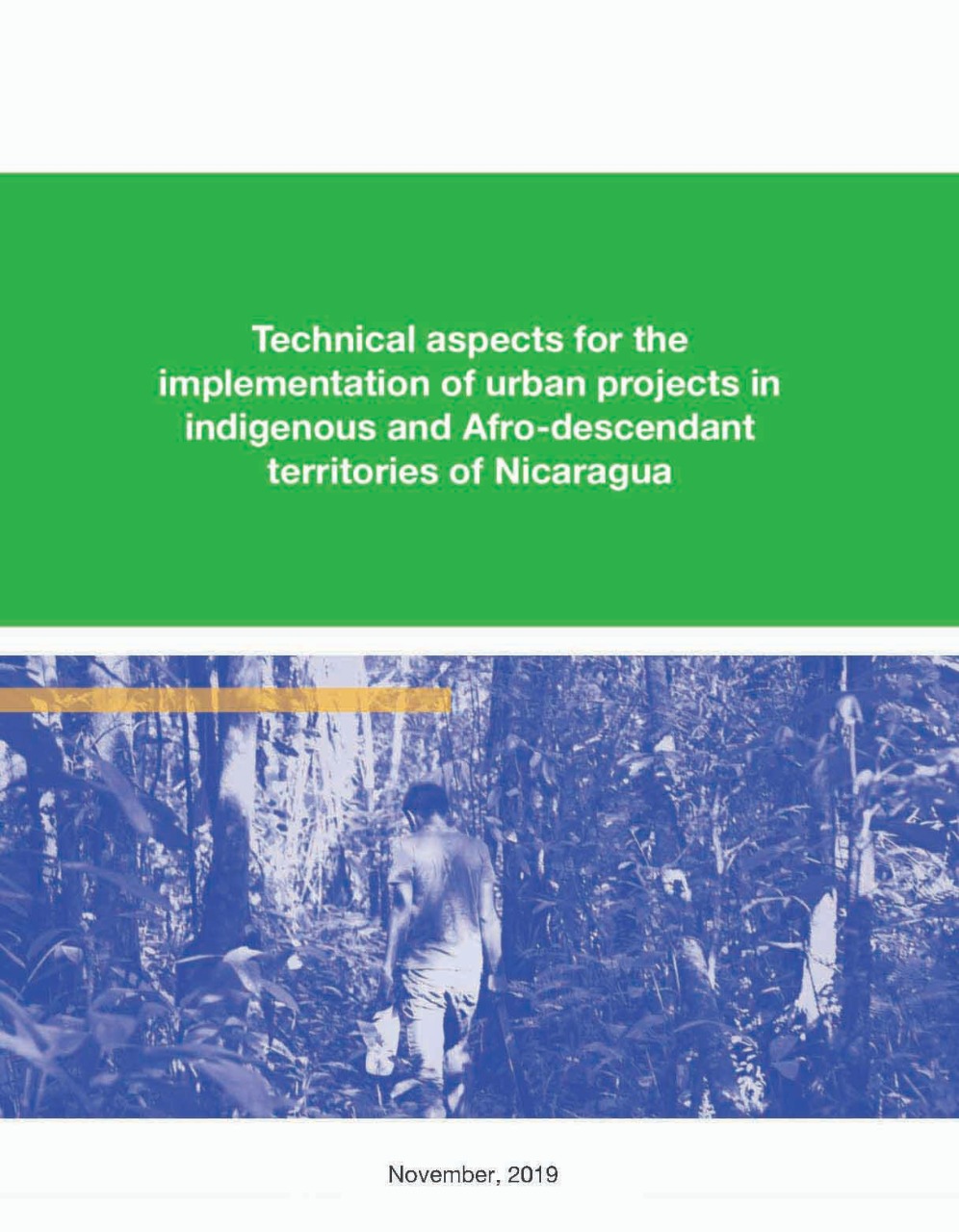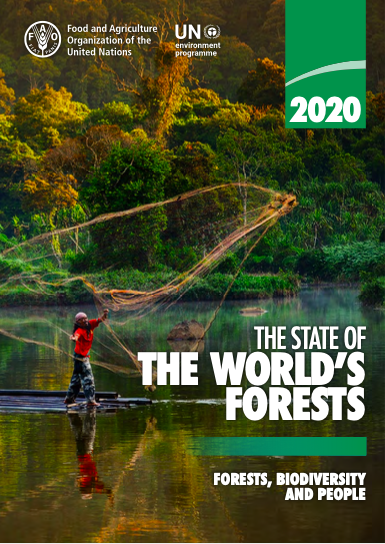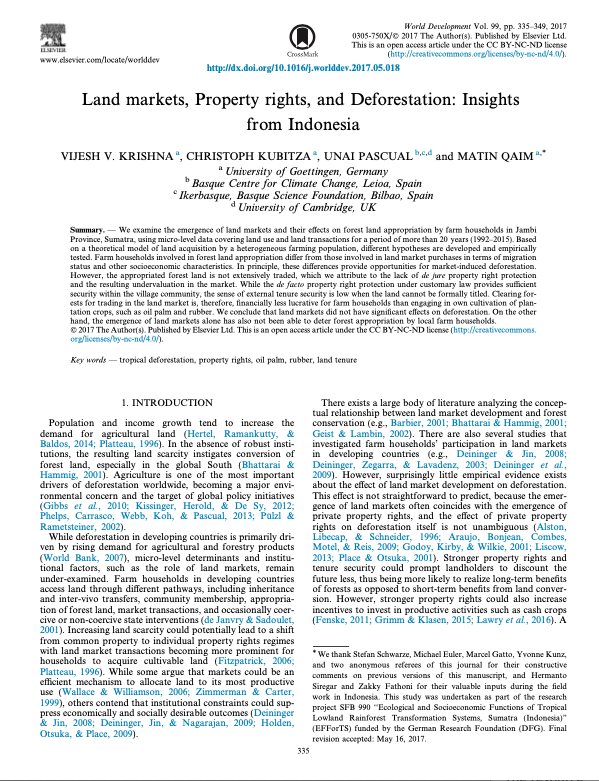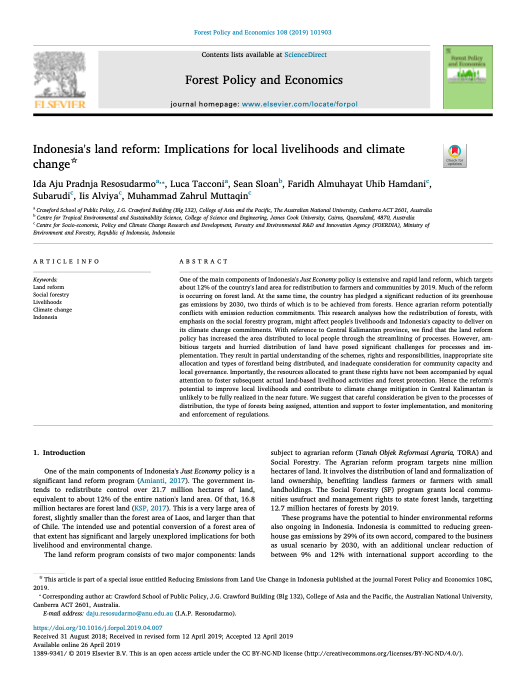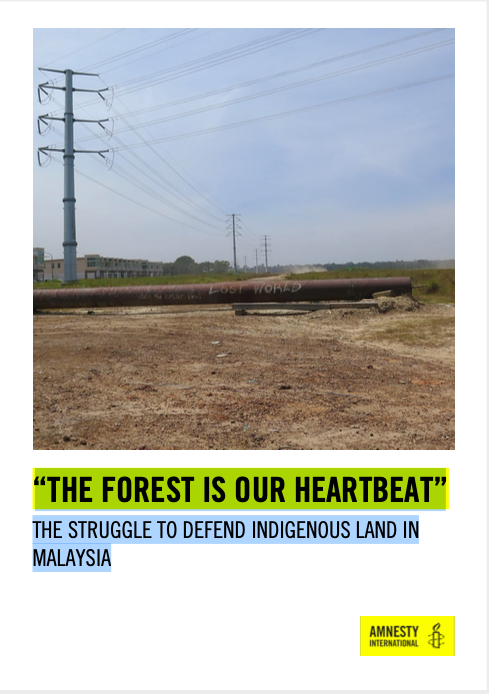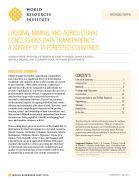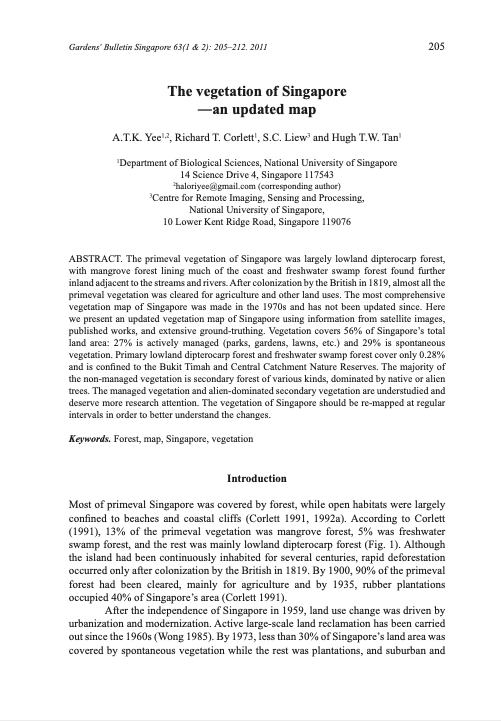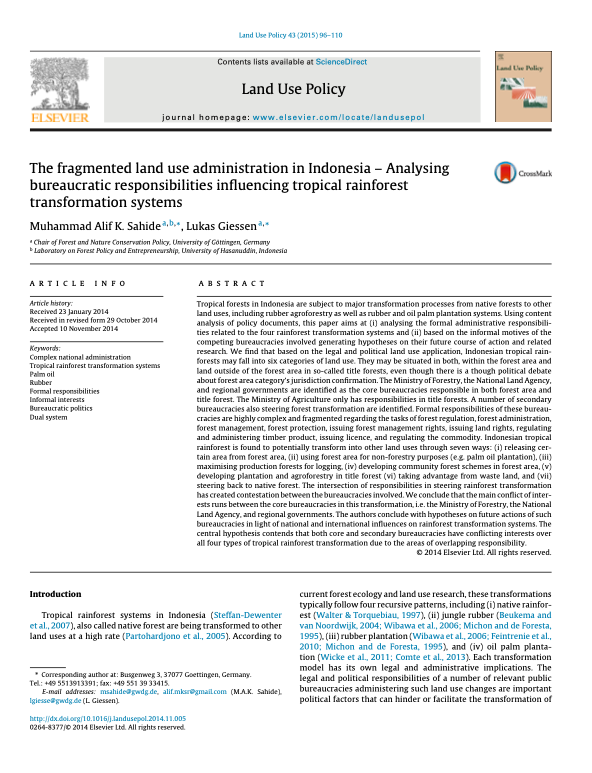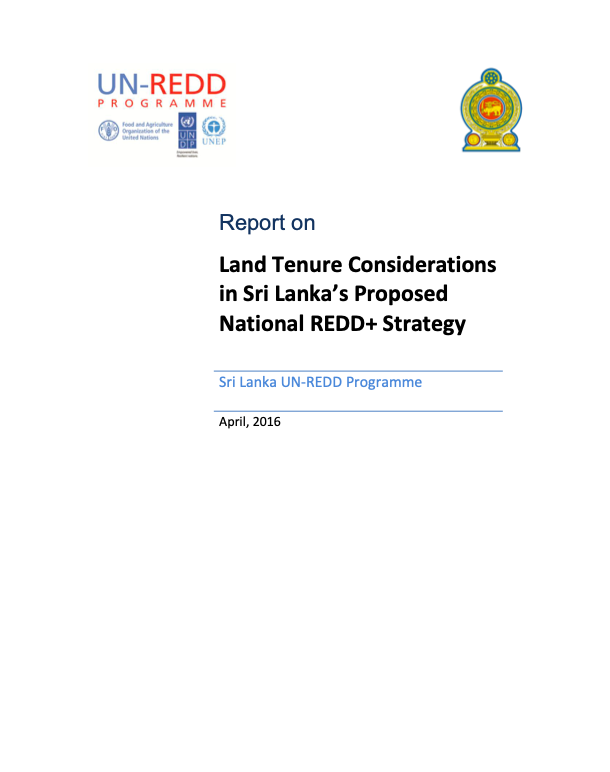forest land
AGROVOC URI: http://aims.fao.org/aos/agrovoc/c_24843
The State of the World’s Forests 2020
As the United Nations Decade on Biodiversity 2011–2020 comes to a close and countries prepare to adopt a post-2020 global biodiversity framework, this edition of The State of the World’s Forests (SOFO) examines the contributions of forests, and of the people who use and manage them, to the conservation and sustainable use of biodiversity.
Land markets, Property rights, and Deforestation: Insights from Indonesia
We examine the emergence of land markets and their effects on forest land appropriation by farm households in Jambi Province, Sumatra, using micro-level data covering land use and land transactions for a period of more than 20 years (1992–2015). Based on a theoretical model of land acquisition by a heterogeneous farming population, different hypotheses are developed and empirically tested. Farm households involved in forest land appropriation differ from those involved in land market purchases in terms of migration status and other socioeconomic characteristics.
Indonesia's land reform: Implications for local livelihoods and climate change
One of the main components of Indonesia's Just Economy policy is extensive and rapid land reform, which targets about 12% of the country's land area for redistribution to farmers and communities by 2019. Much of the reform is occurring on forest land. At the same time, the country has pledged a significant reduction of its greenhouse gas emissions by 2030, two thirds of which is to be achieved from forests. Hence agrarian reform potentially conflicts with emission reduction commitments.
"THE FOREST IS OUR HEARTBEAT"
Defenders of Indigenous land in Malaysia are targeted, singled out and face opposition from state authorities and private individuals when they speak up. These abuses have further disenfranchised Indigenous communities in Malaysia, marginalising them socially and harming them economically. The report examines the struggles human rights defenders of Indigenous peoples have endured as they have sought to claim their right to Indigenous lands, and the steps that should be taken by the government to ensure that they are given the protection they deserve.
Logging, Mining, And Agricultural Concessions Data Transparency: A Survey Of 14 Forested Countries
Global demand for timber, agricultural commodities, and extractives is a significant driver of deforestation worldwide. Transparent land-concessions data for these large-scale commercial activities are essential to understand drivers of forest loss, monitor environmental impacts of ongoing activities, and ensure efficient and sustainable allocation of land.
What’s Happening in Cambodia’s Forests?
This blog is part of Global Forest Watch’s Global Insights series. Although many parts of the world are experiencing forest loss, the factors motivating these losses differ between countries and regions. Global Insights takes a local look at historical and current trends in forested countries across the world to highlight the diversity of forest issues. To read other posts in the series, click here.
The vegetation of Singapore
The primeval vegetation of Singapore was largely lowland dipterocarp forest, with mangrove forest lining much of the coast and freshwater swamp forest found further inland adjacent to the streams and rivers. After colonization by the British in 1819, almost all the primeval vegetation was cleared for agriculture and other land uses. The most comprehensive vegetation map of Singapore was made in the 1970s and has not been updated since. Here we present an updated vegetation map of Singapore using information from satellite images, published works, and extensive ground-truthing.
The fragmented land use administration in Indonesia
Tropical forests in Indonesia are subject to major transformation processes from native forests to other land uses, including rubber agroforestry as well as rubber and oil palm plantation systems. Using content analysis of policy documents, this paper aims at (i) analysing the formal administrative responsibilities related to the four rainforest transformation systems and (ii) based on the informal motives of the competing bureaucracies involved generating hypotheses on their future course of action and related research.
Land Tenure Considerations in Sri Lanka’s Proposed National REDD+ Strategy
At the request of the Sri Lankan Government an assessment was designed and conducted as part of the development of the country’s national strategy on REDD+. The assessment involved applying criteria from the Voluntary Guidelines on the Responsible Governance of Tenure of Land, Fisheries, and Forests (VGGT) to analyze the tenure implications for a wide array of proposed policies and measures (PAMs) to address deforestation and forest degradation. The assessment will help Sri Lanka to prioritize and make investment decisions among the PAMs.
Community Forest Rights and the Pandemic
India is currently among the most affected countries by COVID19, recording over 6 million cases, by September 30 2020. The pandemic and lockdown measures have had a drastic impact on a large population of poor and marginalisedcommunities, causing loss of livelihoods and employment, food insecurity and socio-economic distress.

